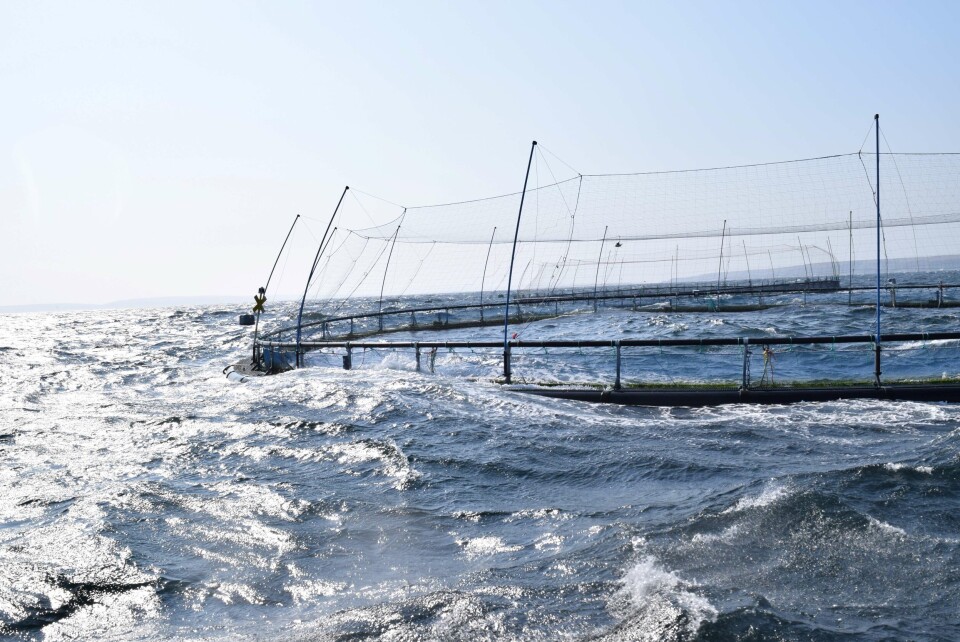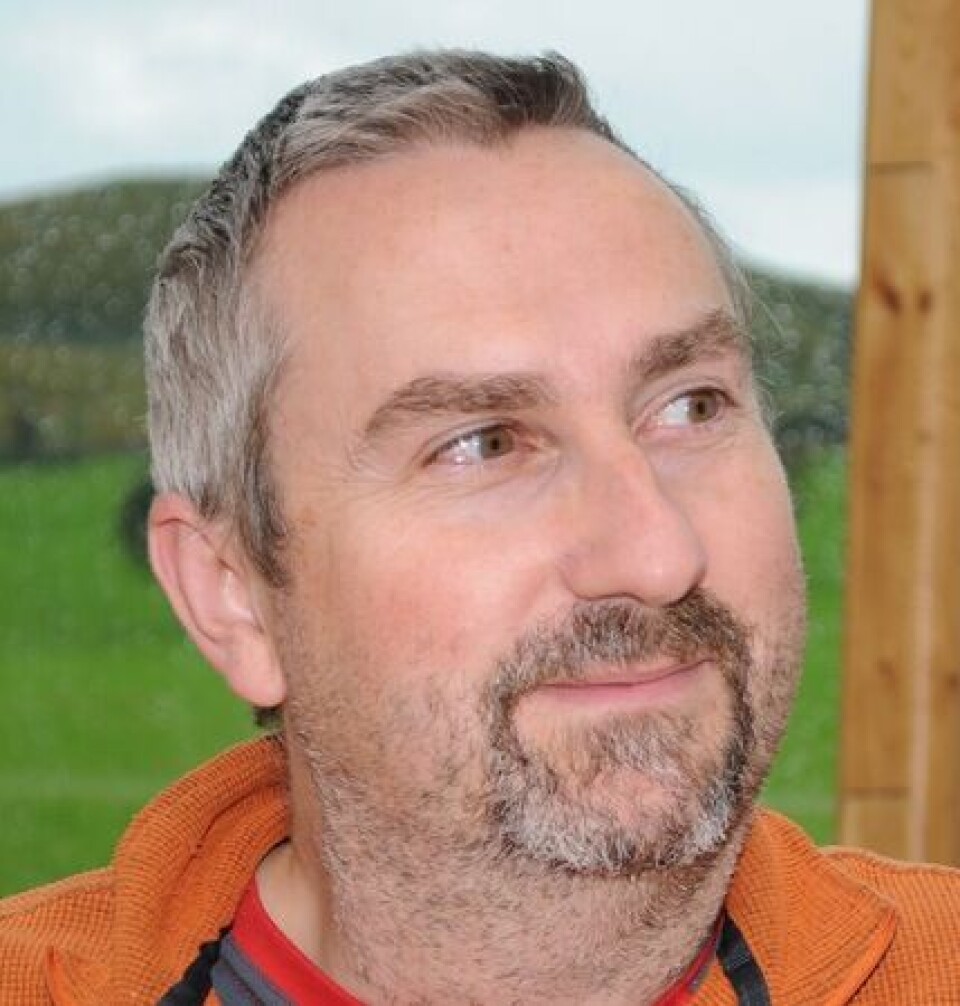
Seabed sulphide may be key to new salmon farms
Salmon farmer Cooke Aquaculture and the Scottish Association for Marine Science (SAMS) are leading a transatlantic effort to explore how measuring sulphides on the seabed could better track the impact of biomass from fish farms and open up expansion in high-energy areas.
Nova Scotia-based Dalhousie University, the University of the Highlands and Islands (UHI), and Fisheries and Oceans Canada (DFO), are also involved in the project, which is focused on six sites in Scotland and Canada.
Funding is coming from the Scottish Aquaculture Innovation Centre (SAIC), and the project partners are consulting with the Scottish Environment Protection Agency (SEPA).
In a press release, SAIC said sulphide levels, which can rise because of fish waste or uneaten feed from nearby farms, are widely considered to be a reliable indicator of sediment no longer being able to sustain organisms. The approach has previously been trialled in combination with other techniques in Canada.
While existing environmental impact models – such as Depomod and NewDepomod – have been used to analyse the footprint of fish farms and inform mitigation, their reliability in high-energy, less predictable waters is still being tested. The models’ current limitations have restricted the deployment of fish farms in areas such as Orkney and Shetland, where high flow rates and harder sediment make it more difficult to predict and analyse dispersal patterns.

More accurate
Clive Fox, an ecologist at SAMS, said: “Tracking sulphides could be a significant complementary technology to the existing approaches, delivering more accurate results both in waters with high dispersal rates and in sheltered areas, such as lochs or along the west coast.
“In fact, it could go a long way towards informing future site selection and significantly cut the amount of time and resource currently required to analyse samples and get results – to date, this has been a slow and labour-intensive process.
“Our approach would make it much easier to take a sample from the seabed, use electrodes to measure sulphide levels, and within a couple of days have a result. This could allow operators to understand their impact on the local environment much more quickly and take action, if it’s required.”
The project builds on the work of initiatives previously supported by SAIC which aim to help fish farming grow sustainably. SAIC has worked with industry and academia to test models’ predictions against the actual dispersal of biomass. It has also explored the development of eDNA toolkits to analyse the impact of fish farm waste on the seabed from small scoops of sediment.
Polly Douglas, aquaculture innovation manager at SAIC, said: “This project will enhance the work already under way in Scotland to enhance our understanding of how aquaculture affects the organisms living on the seabed and what can be done in response.
“Ultimately, we hope it will provide us with the best way forward for monitoring the marine environment in highly dispersive waters – a crucial issue for the industry as it looks to find suitable new locations and potentially increase production at existing sites with spare capacity.”






















































